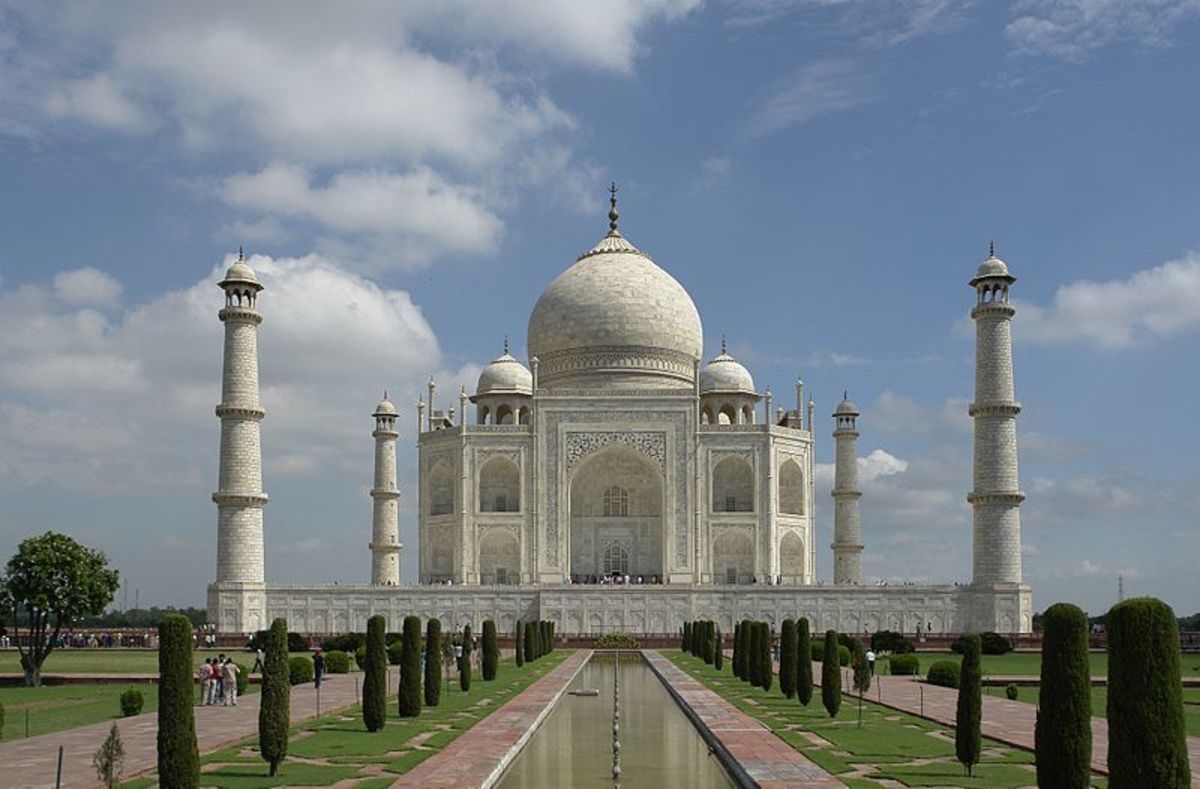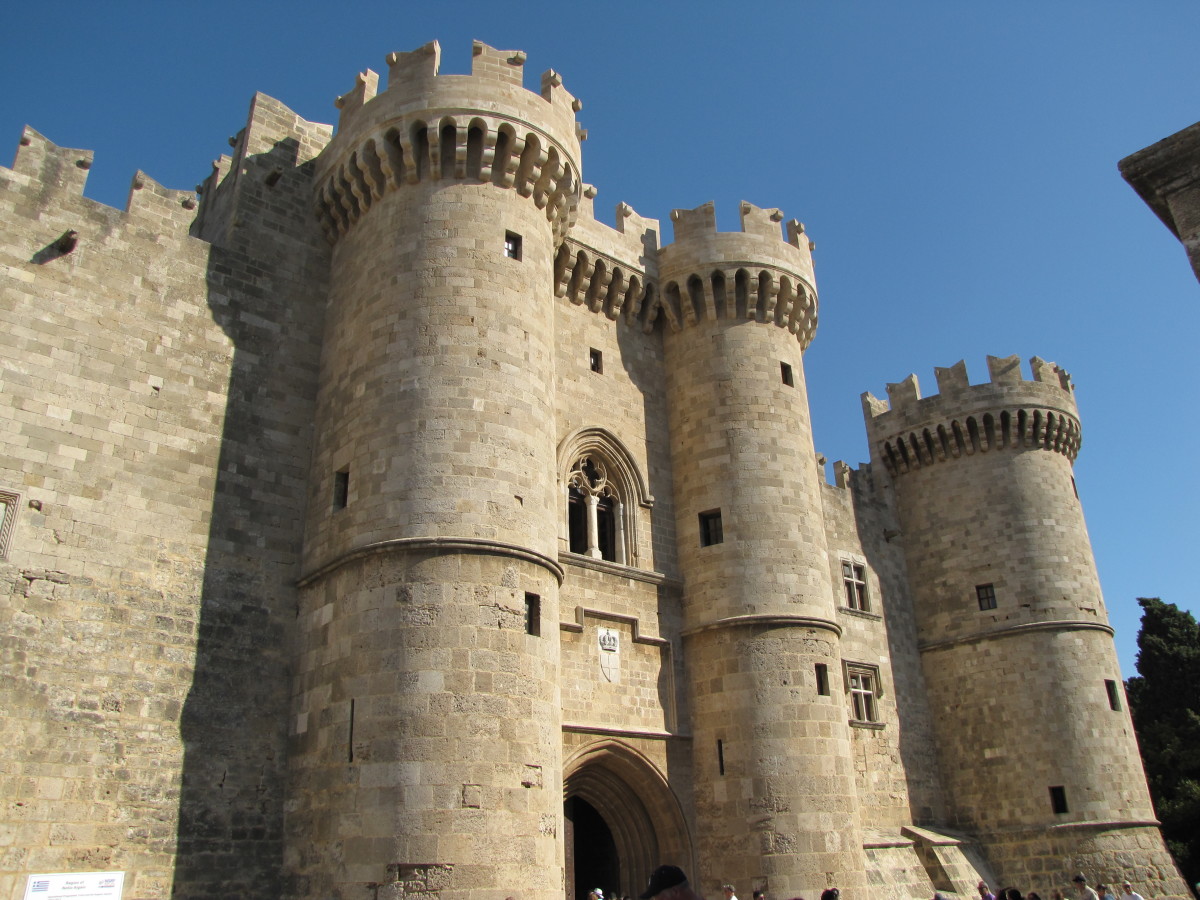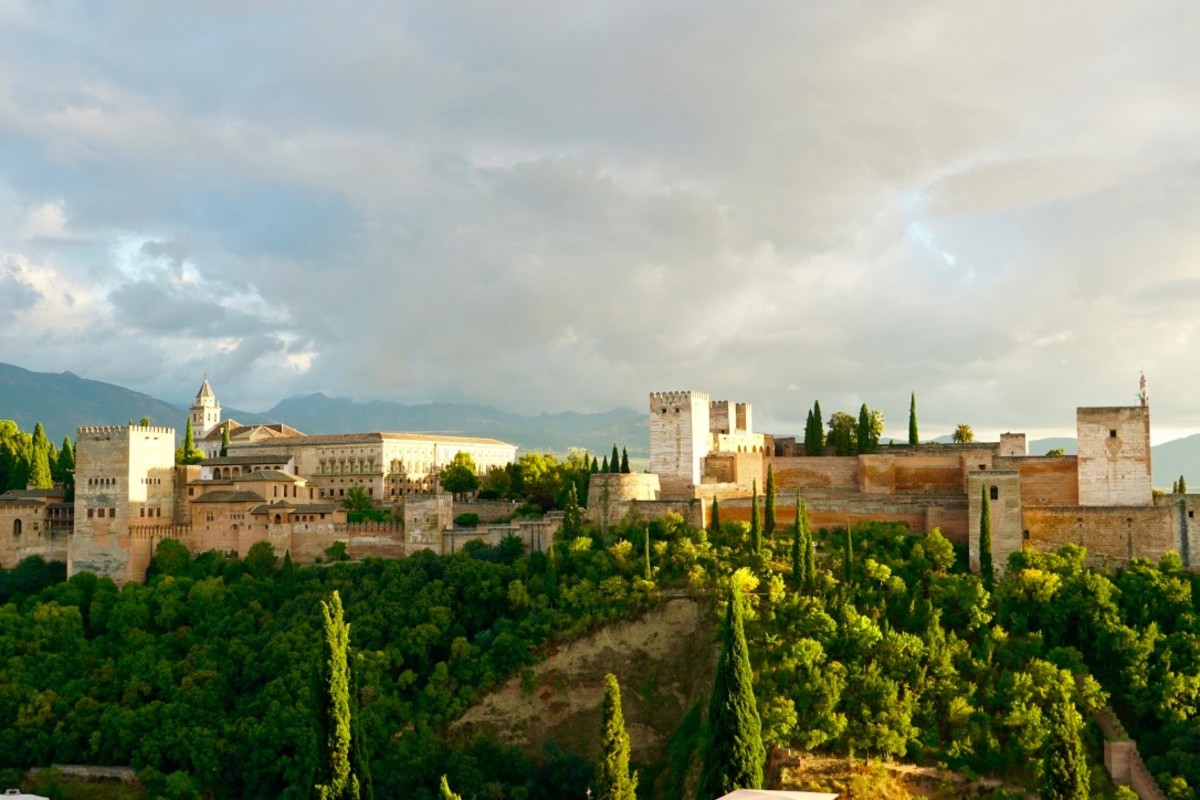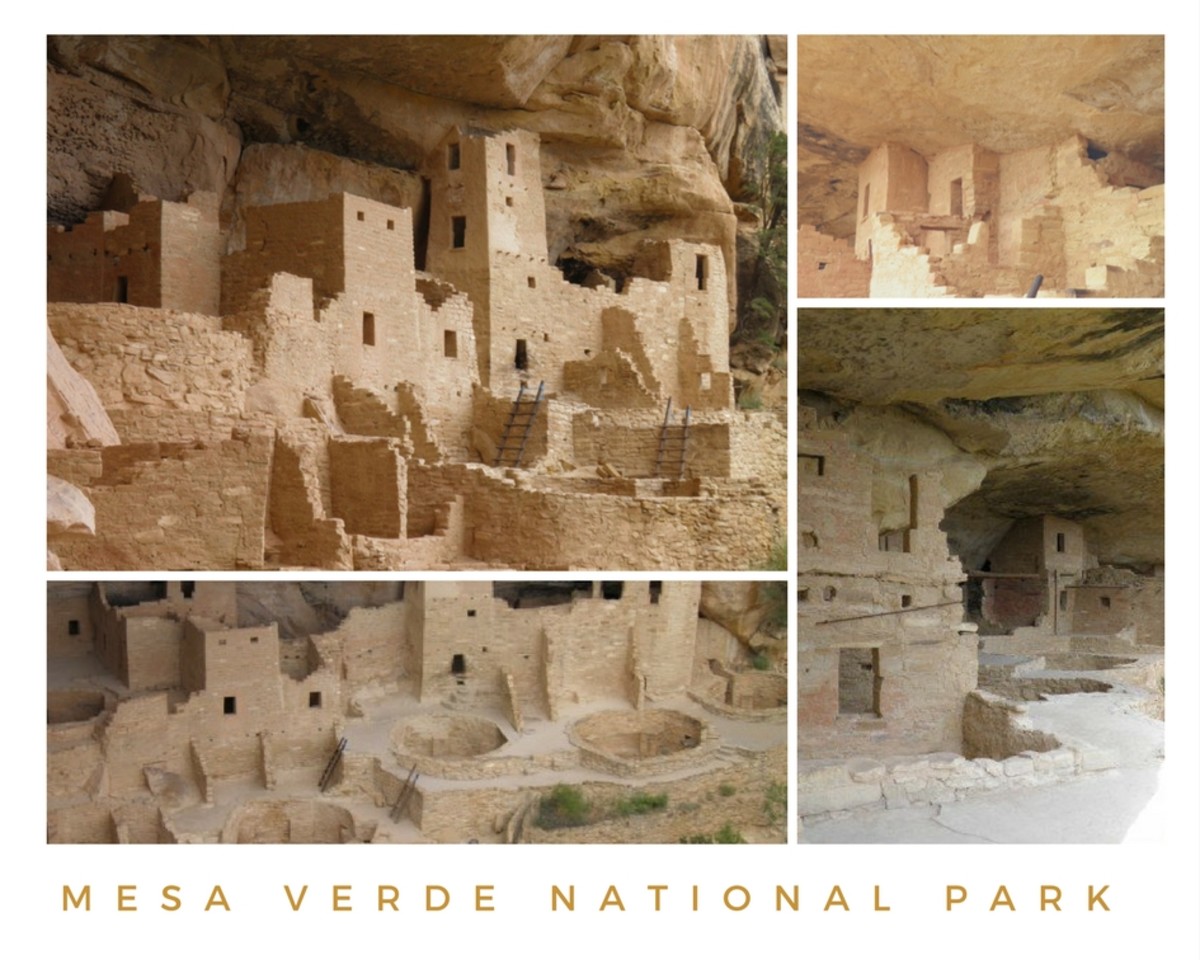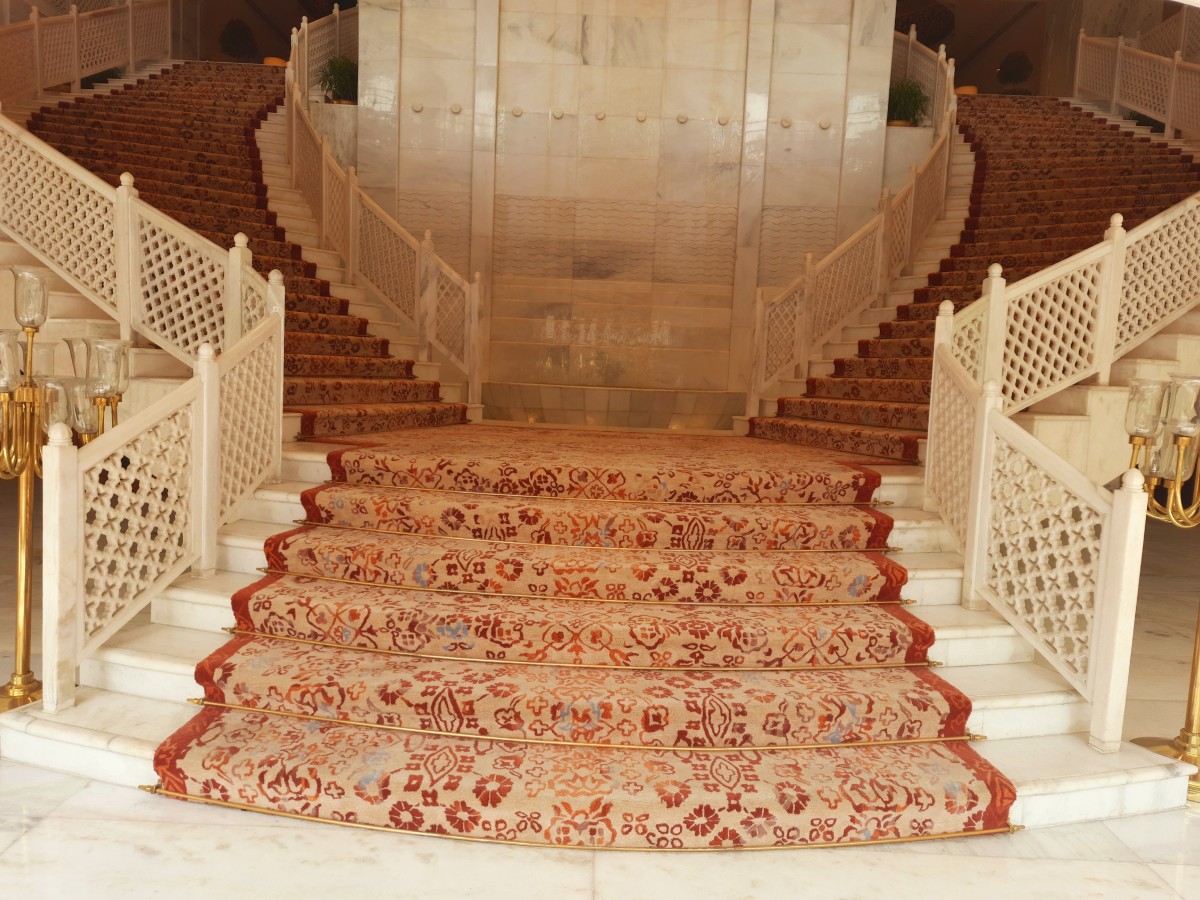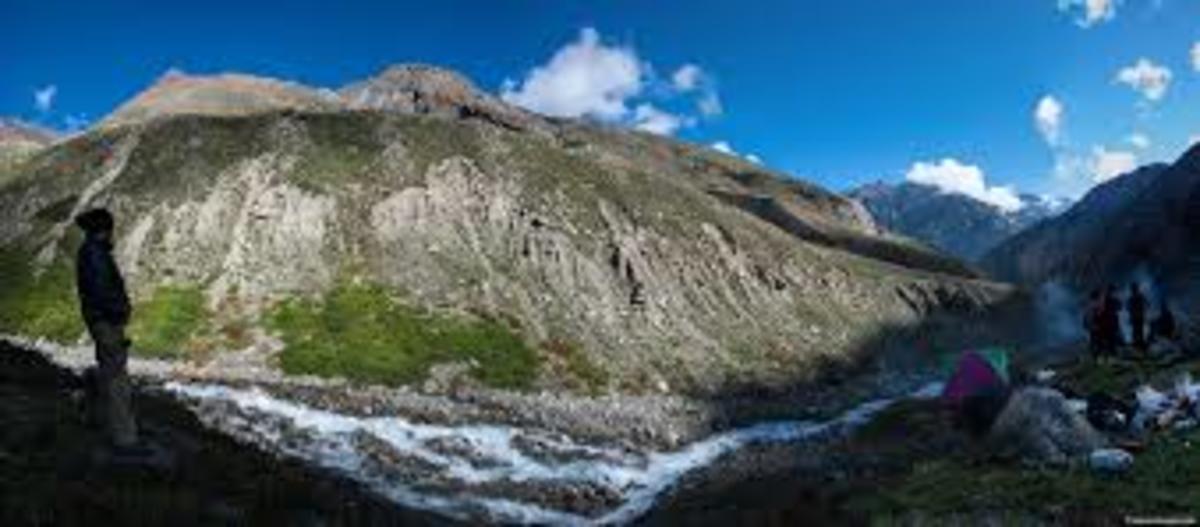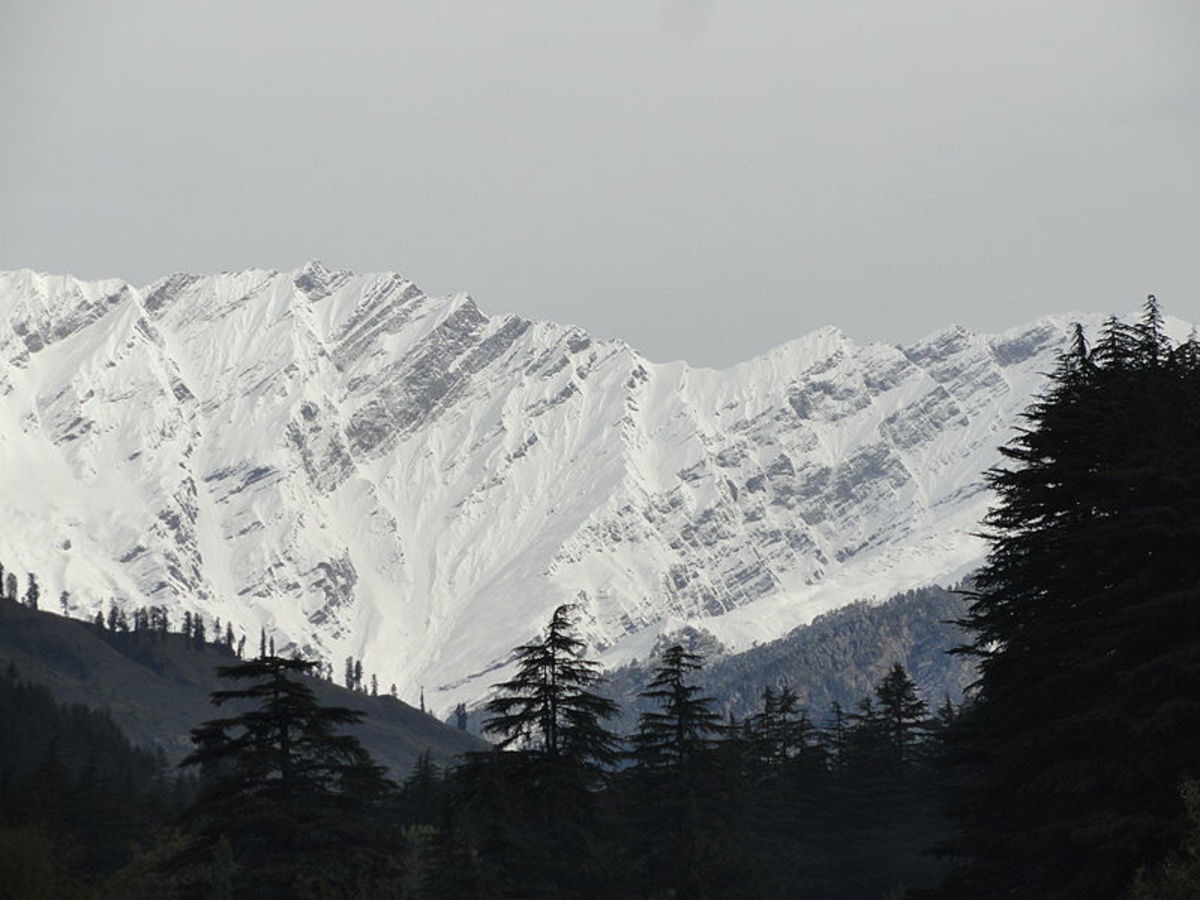- HubPages»
- Travel and Places»
- Visiting Asia»
- Southern Asia»
- India
Visiting: Fatehpur Sikri Palace of the Mughal Emperor Jalaluddin Akbar

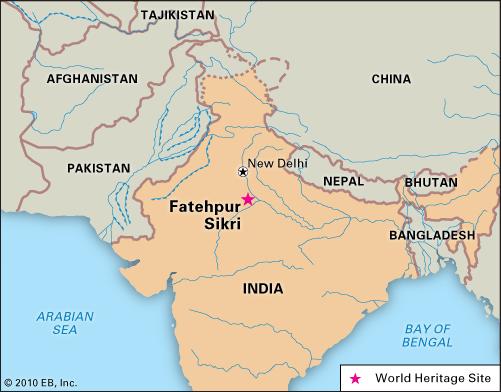
Fatehpur Sikri-The Beginning
A bit of history
Jalaluddin Akbar is given the title 'the great' by modern historians. The greatest of the Mogul emperors. The magnitude of his empire can be gauged from the fact that he ruled over the subcontinent and that means he was ruling over an area as large as Europe without Russia.No European king as a rule over entire Europe.
Akbar's rise to the throne of Delhi can be called an act of Providence. The Hindu general Samrat Hem Chand Tuku Ram Vikramaditya popularly called Hemu had won 22 battles on the trot against the moguls and a final battle was fought in 1556 at Panipat about 60 miles from Delhi. From the word go Hemu was winning and Akbar and his general Bairam Khan were contemplating leaving the battlefield and escape to Kabul. That is the time providence took a hand and an arrow hit the eye of Hemu and he was rendered unconscious.
Akbar was able to defeat him and later beheaded the Hindu king. He became the ruler of Hindustan and set up court in Delhi. He was however restless and came to Agra in 1559. He liked the place and selected a site close to Agra called Fatehpur Sikri. This is a place 48 km from Agra and was the Mughal capital for 15 years from 1571-86. Fatehpur Sikri can be translated as 'City of Victory'; and is presently looked after by the Archeological Society of India (ASI) established during the days of the Raj by the British government.
.
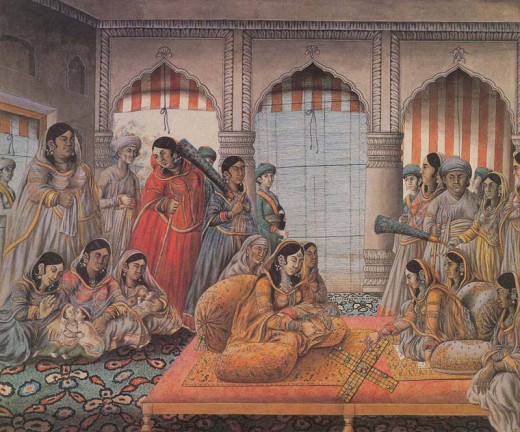
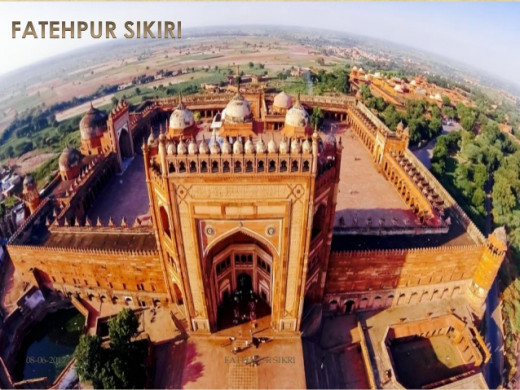
The Palace of Akbar
The main attraction of Fatehpur Sikri is the palace of Akbar. It is a large opulent construction. The palace is open to visitors from 10 am to 6 pm on all days of the week and has an entry fee of Rs 20 for Indian visitors and Rs 100 ($2) for foreign tourists. It takes about one hour to traverse the palace and do justice to the monument.
UNESCO has classified this site as a World Heritage site. The palace is erected on a hill and the road winds upwards towards it. The palace was the abode of 3 favorite queens of Akbar and is so constructed that all 3 queens who were from different faiths could practice their religion in peace and privacy. His 3 queens were Rani Jodhabai who was a Hindu followed by Maryam who was a Christian and Ruqaiyya begum who was a Muslim.
The beauty of the palace is a small tower with 3 stories at the top. These towers 3 stories belonged to each of his 3 wives for prayers. The topmost floor was occupied by Rani Jodhabai who used it to scan the full moon during the festival of Karwa Chauth a festival for the long life of her husband.
The second floor was occupied by the Muslim wife who used it to scan the moon during the Id festival to break her fast.
The Christian wife occupied the last floor for her prayers to Jesus. She interests me a lot. As per Goan historian Luis de Assis Correia in his book 'Portuguese India and Mughal Relations 1510-1735', claims that Maryam Zamani (Mariam Zamani or Mariam-uz-Zamani) was, in reality, a Portuguese woman named Dona Maria Mascarenhas.
Maria Mascarenhas along with her younger sister Juliana Mascarenhas embarked on a journey from Lisbon to Goa in September 1558. On the way, their ship was captured by pirates, who took the ladies to the court of Sultan Bahadur Shah of Gujarat. Bahadur Shah in turn presented them to the Mughal court. Akbar fell in love with the elder sister and married her while the younger was married by Akbar to the fugitive French prince, Jean Philip Bourbon and both died in Agra.
Akbar was an extremely tolerant king and that he allowed all his three wives to practice their religions.
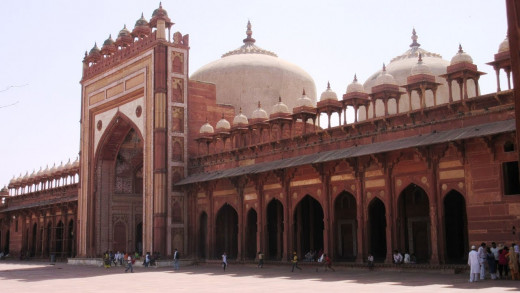
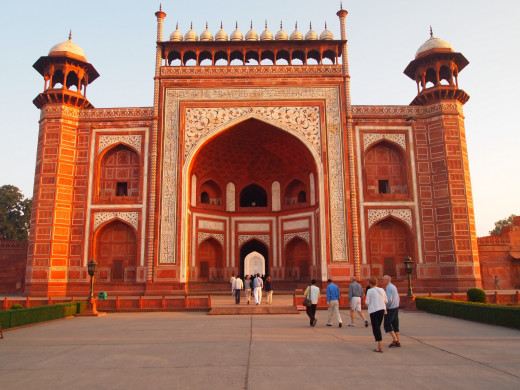
The Wives of Akbar
Each of the 3 wives also had separate enclosures which are the highlight of the palace. The palace of Akbar has some unique constructions. There is a pool for the 3 wives to take a dip and cool themselves. It is called Anoop Talao.
There is a large construction known as the Panch Mahal. The Panch Mahal is so constructed that cool breeze can easily circulate through it. This was the place where the queens passed their evenings savoring the cool breeze. There is also a large hall called the Divan-I- Khas where Akbar conducted his meetings. This was the place where Akbar who had an inquisitive mind conducted his discourses and discussions with eminent men of other faiths from Jainism, Hinduism, and Christianity.
The highlight of the palace is the large courtyard with a throne in the center. On this throne, Akbar and his wives sat and played Pachisi (a game akin to Ludo). All around the stone seat are colorful squares to play the game. Only in this case, the pawns were live women from Akbar harem. As Akbar and his wives threw the dice the women in colorful dresses changed position as per the numbers that fell. It was a colorful affair. The squares of the board are now faded and need restoration.
The walls of the palace have faded paintings that point to the grandeur of the building. These paintings need a lot of restoration work.
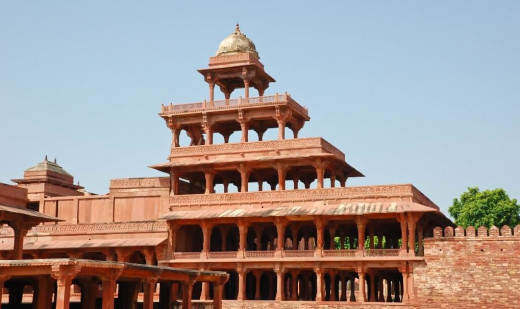
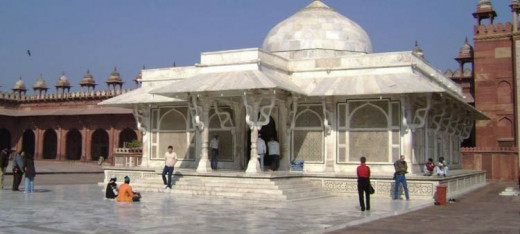
Last word
Close by the palace is the Moti Masjid a mosque dedicated to the Muslim saint Salim Chisti which Akbar often visited. The Mosque is built on the ruins of a Hindu temple destroyed by Akbar and its outer walls still support distinct Hindu motifs.
Fatehpur Sikri is 48 km from Agra and can be easily reached by taxi and luxury buses. Normally tourists who come from Delhi on a conducted tour to the Taj Mahal are also taken to Fatehpur Sikri. The palace closed after the death of Akbar. The reason was the water supply had dried up and the Mughals shifted their capital back to Delhi.

